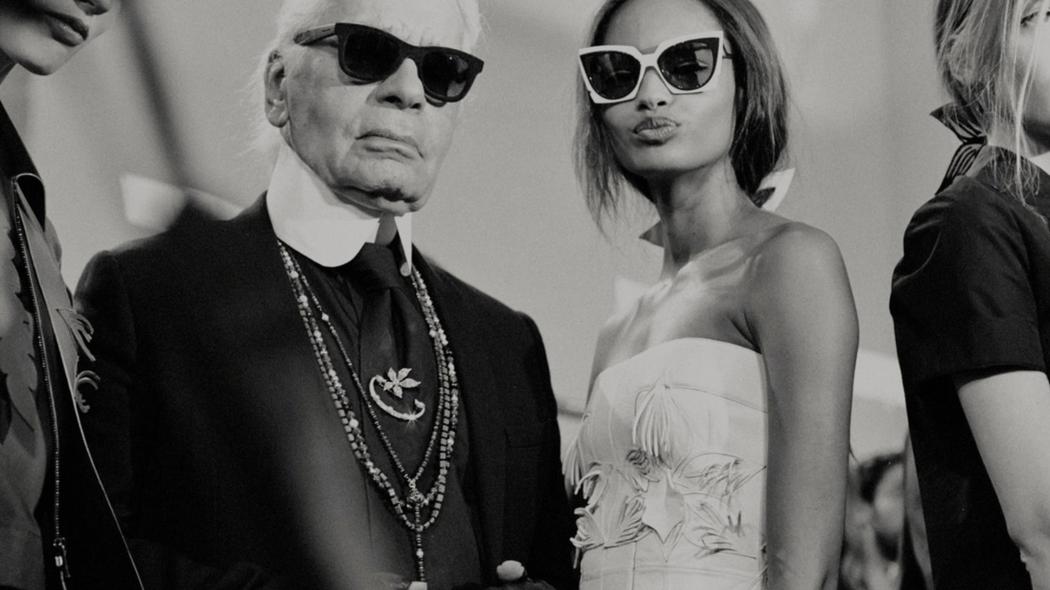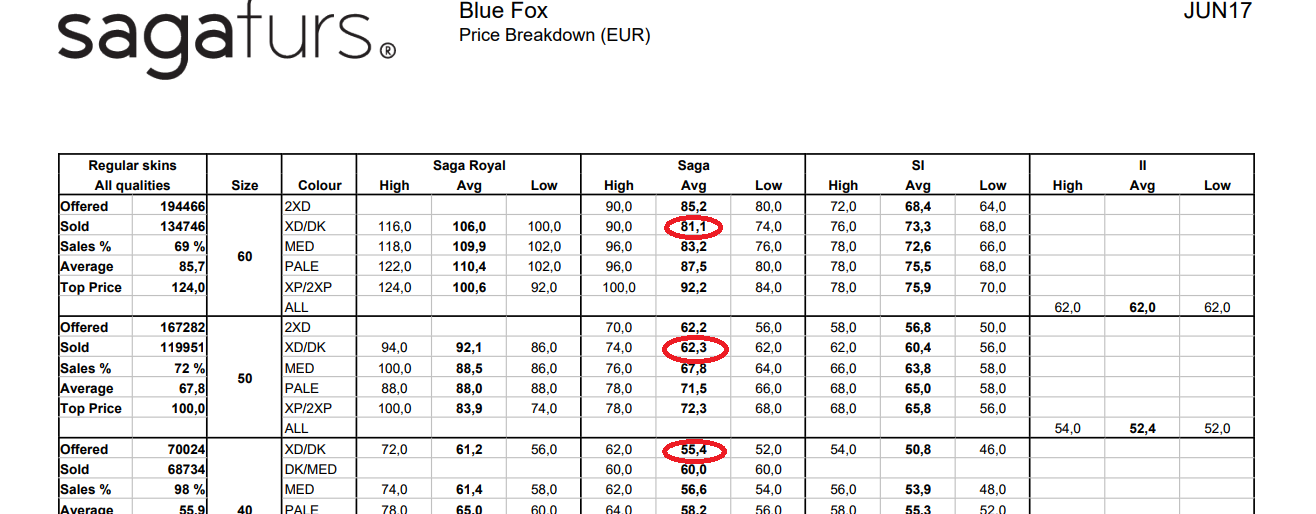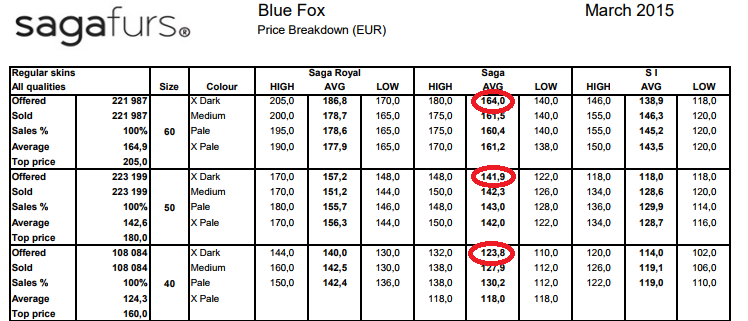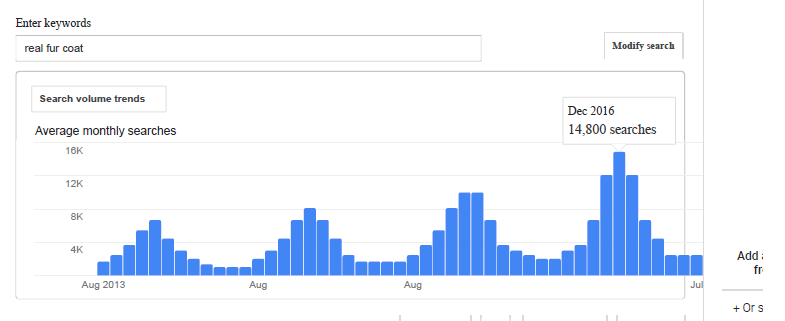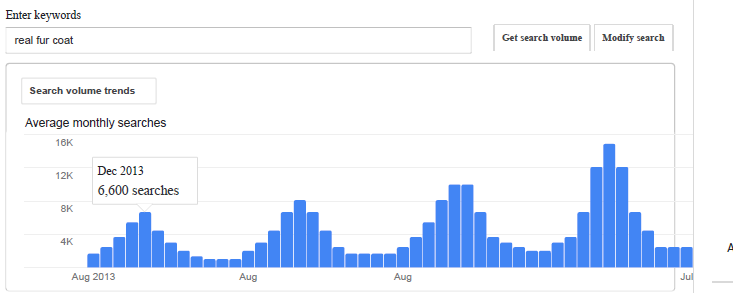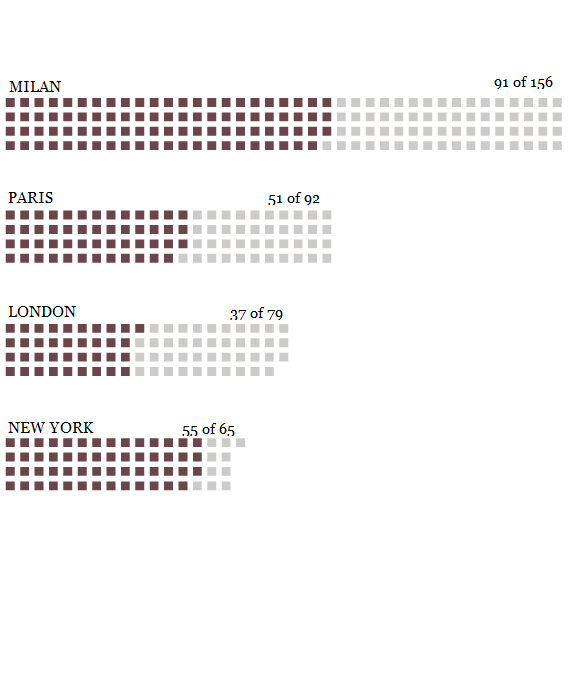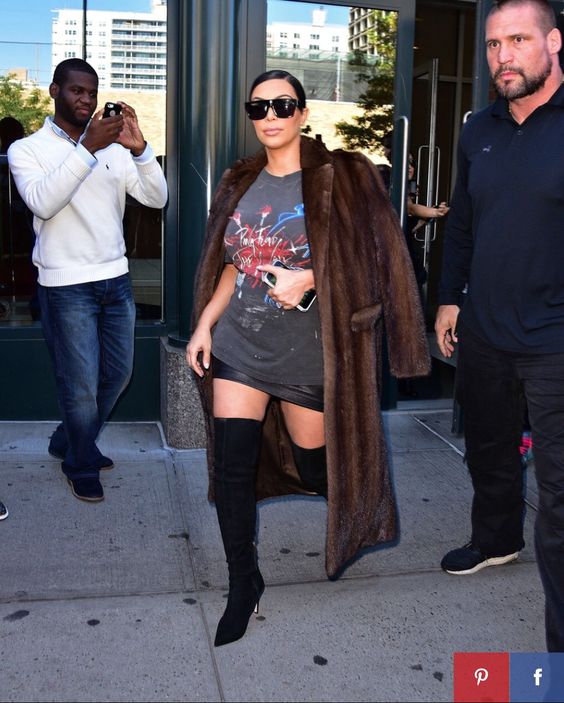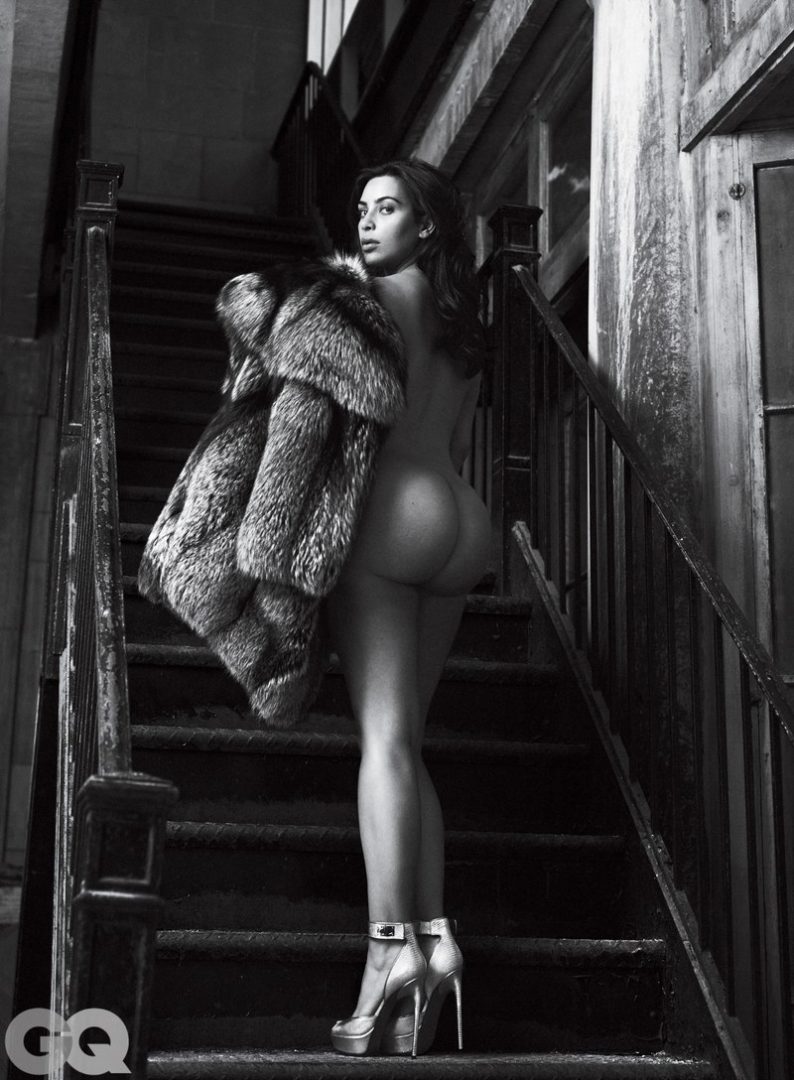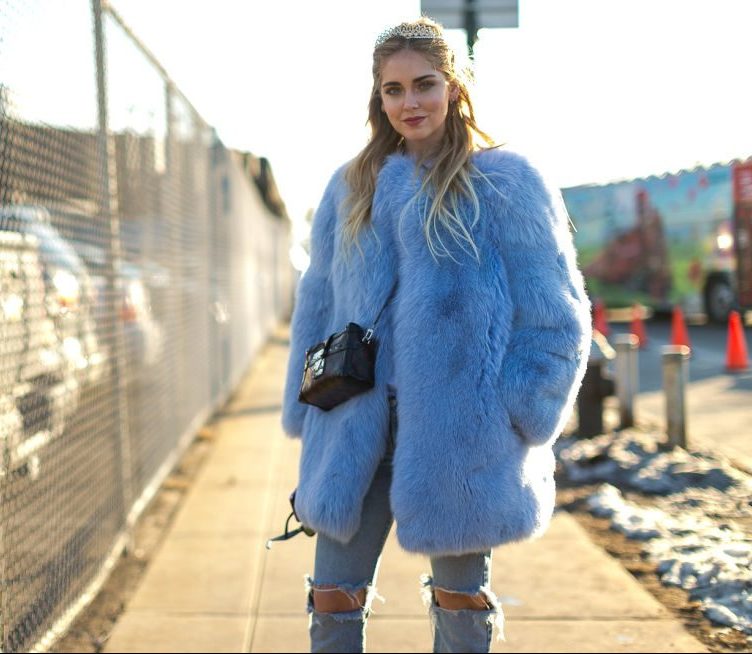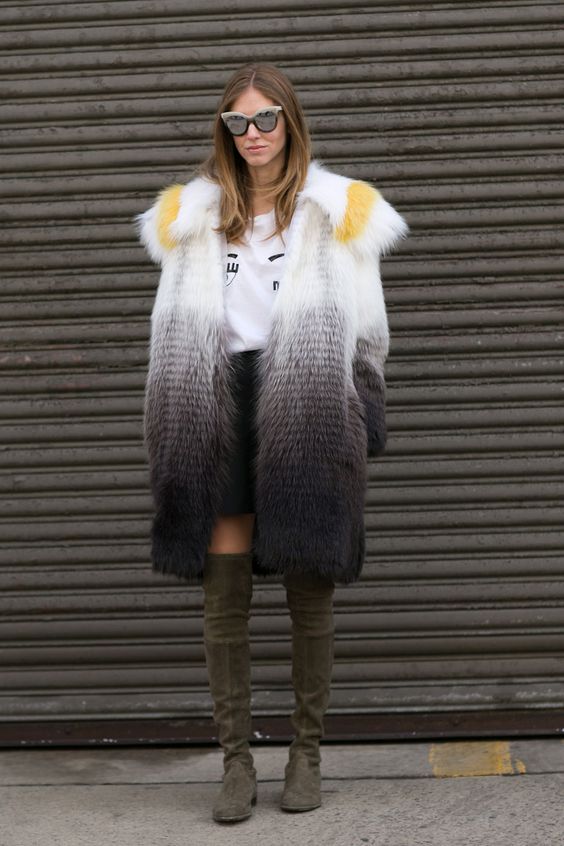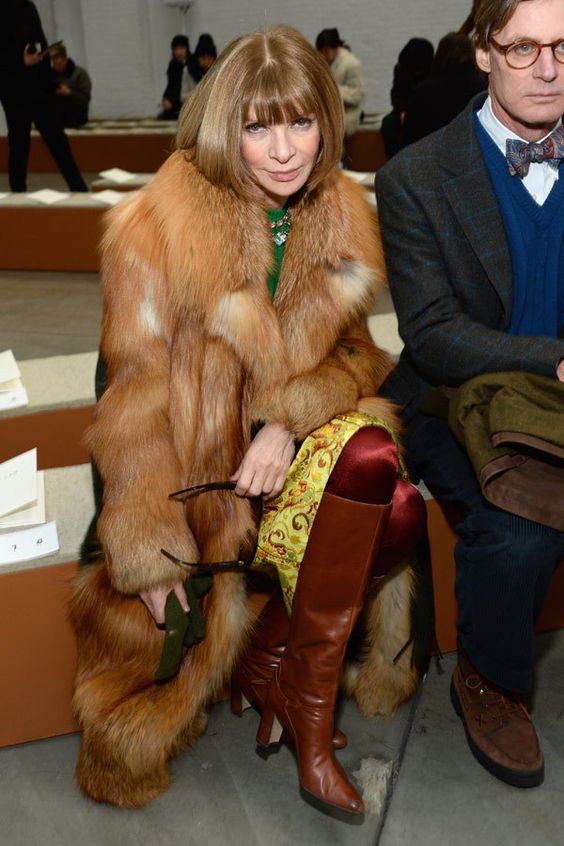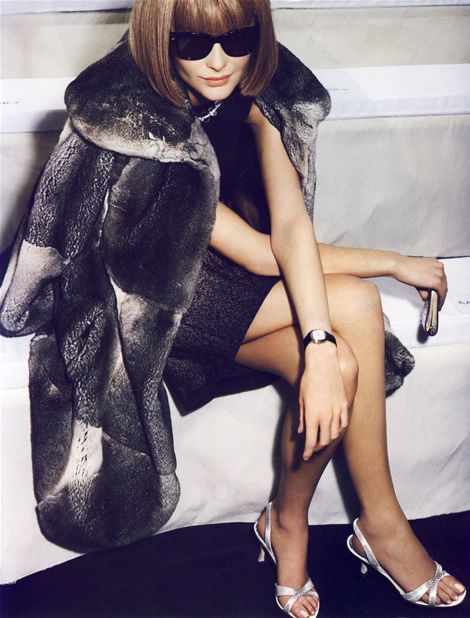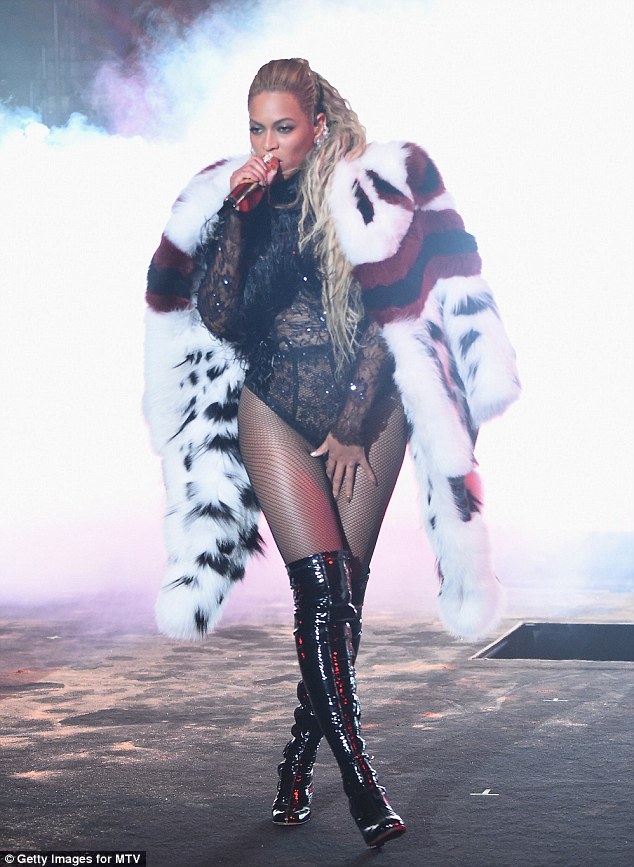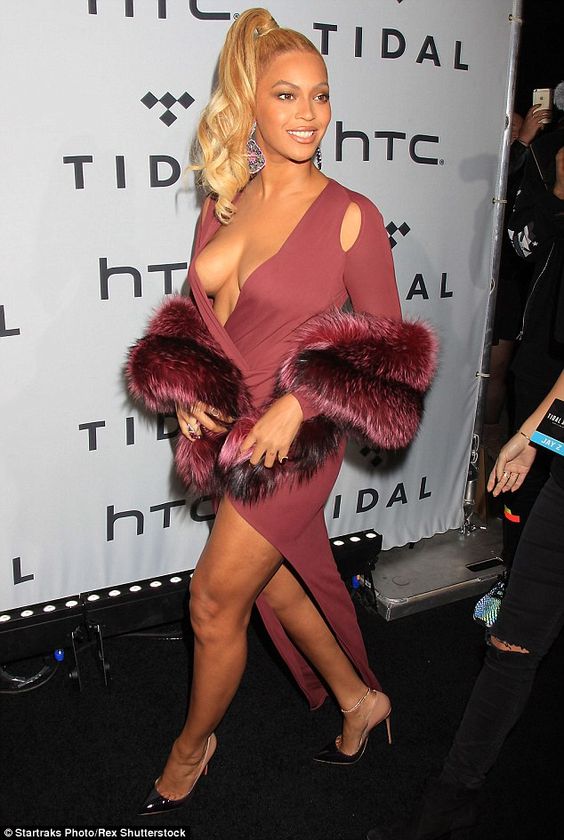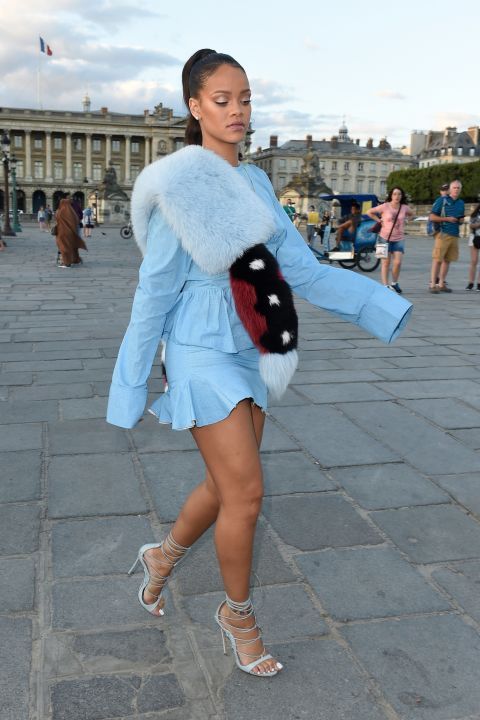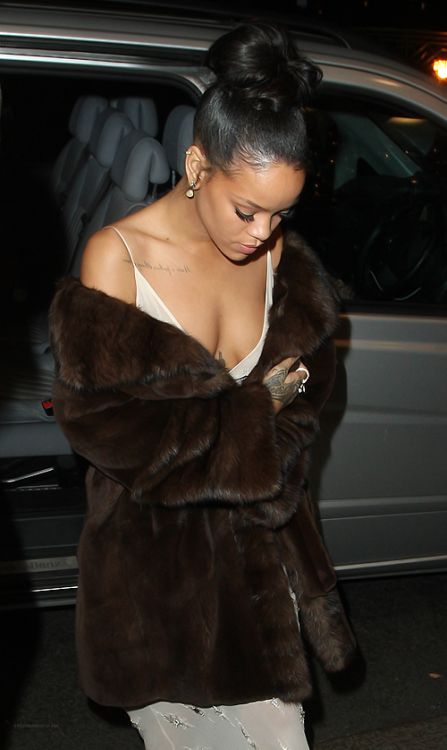In late 2016 predictions for the fur industry were slightly optimistic if we consider the past years’ decrease in sales. Even though the market seems to be at the same low levels as the past years! The prices of the pelts are even lower and the sales of fur clothing did follow the same path!
More than twenty countries have either passed laws outlawing the practice, forbidding the farming of specific species, or enacting stronger controls that have effectively restricted it over the previous two decades.
More and more fur stores and farms are closing and people of fur are not so optimistic about the future of the market.
The most serious factors that seem to be the cause of this decrease are the Ruble crisis and the Chinese fur bubble, for others may be the rising awareness for animal and human rights.
We are going to argue all these factors and also indicate the optimistic side below!
Russian financial crisis.
The financial crisis in Russia in 2014–present was the result of the collapse of the Russian ruble beginning in the second half of 2014. A decline in confidence in the Russian economy caused investors to sell off their Russian assets, which led to a decline in the value of the Russian ruble and sparked fears of a Russian financial crisis. The lack of confidence in the Russian economy stemmed from at least two major sources. The first is the fall in the price of oil in 2014. Crude oil, a major export of Russia, declined in price by nearly 50% between its yearly high in June 2014 and 16 December 2014. The second is the result of international economic sanctions imposed on Russia following Russia’s annexation of Crimea and the Russian military intervention in Ukraine.
In other words, the biggest market by far regarding fur suffers! Russians don’t buy in the way they did and when they buy they negotiate really hard!
Chinese fur market.
Cheap labor, tax regulations a flourishing economy, and a cultural upgrade in China have allowed fur farming and trade to grow in the past decade!
There has been a long list of new shopping centers that have opened in China over the past couple of years, all selling fur, ending with Harbin, a city on the Russian border, which opened three centers this year alone, adding 1,200 shops. If every shop needs to sell 600 coats a year, and each coat needs 35 mink skins, that’s something like 50% of the total Danish production in the Kopenhagen auction, the biggest according to mink sales.
Mink skins reached a record average price of $102 (£61), or $3,500 for a fur coat in September 2014. Since then, they have plummeted to $50 as it has dawned on the Chinese buyers that they will struggle to sell on their vast storehouses full of stock.
Also, many Russian sellers have stocked their stores with cheap Chinese coats that they are still struggling to sell!
Peta’s activity.
PETA is the fighting nemesis of the fur industry. Benefiting from the rising of social media they are responsible for a massive delivery of the propaganda of ”fur cruelty”! Someone could say that their persistence opens people’s eyes. In fact, Peta uses videos showing animals skinned alive for their fur! These practices used to happen in Chinese fur farms. In the EU a new animal welfare regime called WelFur has been developed by the fur industry in 2004, WelFur scores mink farms on quality such as health, housing, and behavior.
So people start seeing fur as a cruel fashion choice?
About twenty years ago five models, including Naomi Campbell, told the world “I’d rather go naked than wear fur” for the Peta (People for the Ethical Treatment of Animals) famous campaign, at this time the annual demand for fur pelts was about 20 million pieces! In 2014 the industry was in the final stages of an unprecedented boom. 2013 was a record for the fur industry, selling more than 80 million mink pelts.
Decrease in pelts prices.
According to Kopenhagen fur, approximately 550 customers attended Kopenhagen Fur’s June auction with its record offering of more than 8.3 million mink skins. The offering was 97 percent sold at prices that were down 7.6 percent compared to Kopenhagen Fur’s auction in April. Adjusted for the change in the exchange rate between DKK and USD, customers experienced slightly lower prices compared to the April auction.
Also, the Saga fur auction center suffers a huge decrease in pelts in the last few years. A big example is the best-seller Blue Fox price range between 2015 and 2017.
Promising statistics.
Bellow is the volume of searches on Google for the word ” Real fur coat ‘‘. As you can see there is a huge difference in the search volumes between December 2013 ( 6600 searches) and December 2016 (14400 searches).
So there are many people that want real fur and search for real fur!
Designers use real fur.
For years animal rights advocates persuaded the public that fur was murder – but a growing number of designers have embraced the controversial material.
Fur and shearling made their biggest impact during Milan Fashion Week 2016, with 55 of the 65 designers (85%) crafting beautiful garments with the materials; from Gucci’s oversized pink coat and fur-lined loafers to Roberto Cavalli’s gothic-inspired draped coats and intricately detailed ponchos. Many designers used fur across the majority of their collections, with Fendi, Gucci, and Prada all creating cuffs, coats, and accessories with versatile material across a high number of their pieces.
The final week in Paris saw fur play a strong part across a broad range of French designers’ collections, with 51 of the 92 designers (55%) using the material. Oversized was the key trend here, with the likes of Chloé, Lanvin, and Rochas crafting pelts into long-flowing puffed coats to give a tough city look ready for any weather condition.
Here are some of the biggest brands in the world that uses fur :
- Alexander Wang
- Altuzara
- Balenciaga
- Burberry
- Chloe
- Fendi
- Dior
- Hermes
- Valentino
There are only a few of them, on the other side there are also some brands that were threatened by Peta’s efforts and became fur-free:
- Ralph Lauren (1994)
- Calvin Klein (1994)
- Armani (2016)
- Gucci (2017)
Almost 2/3 of the women’s fall 2016 in the 4 major fashion week shows included fur clothing.
Celebrities love fur.
For years, the front row only held spots for fashion editors and high-profile celebrities. But, now? The game has changed. Since the rise of social media, bloggers and creatives are taking the fashion world by storm. In today’s world a blogger, a model, a fashion editor, a designer, or a celebrity can merge into something we now call an influencer. Their style influence spans further than ever before as they inspire current and future trends on and off the runway.
Let’s mention just a small list of our favorite bloggers, design entrepreneurs, and celebrities who have evolved into major fashionable and fur-friendly influencers of the moment.
Kim Kardashian
Chiara Ferragni
Anna Wintour
Beyonce
Rihanna
Welfur is the bridge between responsible farming and fashion.
WelFur is a science-based animal welfare assessment program voluntarily initiated by the European fur sector in 2009. The pan-European implementation of WelFur begins in 2015 with 10 European countries participating in the pilot scale. When rolled out, WelFur is unconditionally the world’s most advanced animal welfare assessment program to be implemented on a continental level. Overall, the WelFur system has three objectives:
- To provide a reliable on-farm animal welfare assessment system based on scientifically proven measures and independent third-party assessments.
- To improve animal welfare on European fur farms through analyzing the assessment data and education of the farmers.
- To provide consumer transparency on the welfare status of European fur farms by publishing assessment data.
According to the new chairman of Fur Europe John Papsø. “We finally have a system that scientifically measures animal welfare based on facts, but not human perceptions about it. There is no better existing way to determine the well-being of animals on farms than using science. Likewise, WelFur offers a reliable traceability system for customers. After all – they have the right to make an informed choice when they buy products,”
Times are changing and the fur market is in front of its biggest crisis. There are many threats that the market is facing but there are also huge opportunities. The great economical and cultural changes of the 21st century have changed many factors in the fur industry. Furriers and fur associations all together have to adapt to these changes and discover new opportunities.
Souces : Fur Insider , FICA , FUREUROPE , VICE

